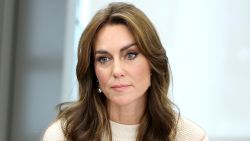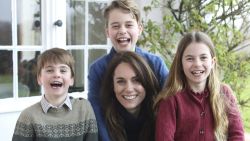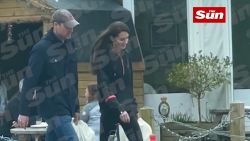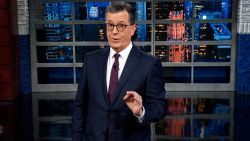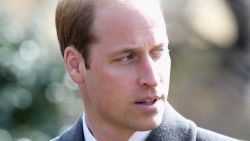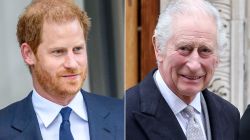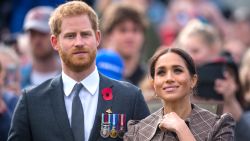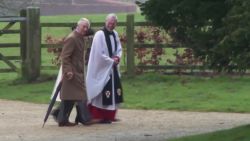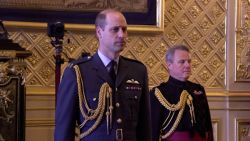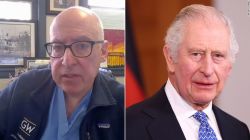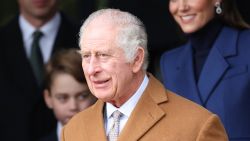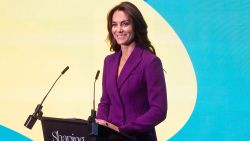The most famous family on earth is mourning the loss of its patriarch.
Prince Philip, the husband of British monarch Queen Elizabeth II, has died, Buckingham Palace has announced. He was 99.
The Duke of Edinburgh – who married then-Princess Elizabeth in 1947 – was the longest-serving consort in British history.
He will be remembered for his charitable work, his dedication to public service and, of course, his mischievous and controversial sense of humor.
Prince Philip's life in pictures
Phillip once jokingly referred to himself as “the world’s most experienced plaque unveiler.” But as a child born into the turmoil of interwar Europe and a naval officer decorated for heroism during World War II, the Duke of Edinburgh was an extraordinary figure in his own right.
Childhood and exile
Philip’s life was dramatic from the outset. The nephew of Greece’s King Constantine I, the Prince of Greece and Denmark was born in 1921 on the dining room table of a villa on the Greek island of Corfu.
He was forced into exile just 18 months later, when the Greek monarchy was overthrown by a military revolt. His family’s experience shaped Philip’s later desire to modernize the British Royalty, in the hope they would seem more relevant to the Queen’s subjects.
He was taken on board HMS Calypso, the British cruiser given the secret mission to take his family to safety, sleeping in a crib made out of an old fruit box.
Stateless and – by royal standards – poor, Philip’s family spent the next few years traveling between the homes of European relatives, as the continent descended into the political and economic upheaval that ultimately led to World War II.
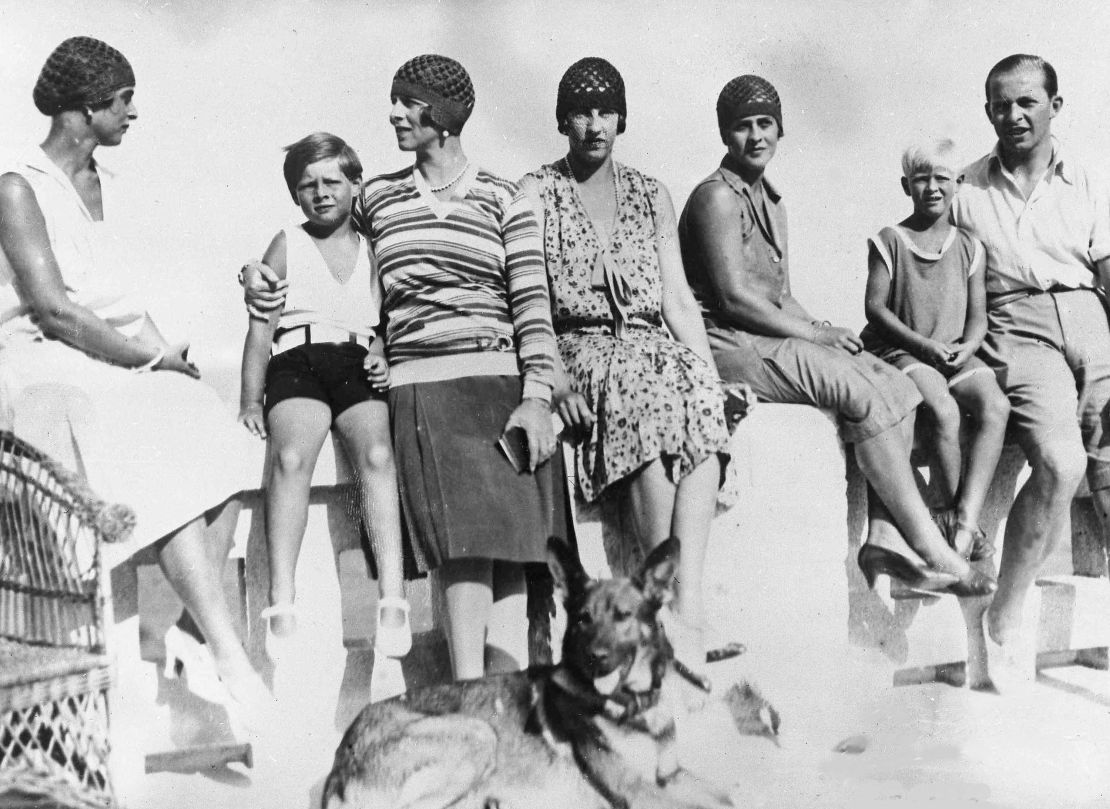
His mother, Alice, was committed to a psychiatric clinic in 1930. This meant Philip rarely saw his parents growing up. He was instead mentored by an uncle, Lord Louis Mountbatten, and dispatched to a series of boarding schools in England, Germany and Scotland.
In 1935, Greece voted to reinstate its monarchy, but Philip’s father Andrew resisted pressure to push his son into the Greek military service. Instead, Philip remained at Gordonstoun, the school in Scotland where he would later send his own sons, including Prince Charles. It was here he began preparing for training to join the British Royal Navy.
Tragedy struck in 1937, when Philip’s sister, Cecile, died in an airplane crash while going into labor. Her husband and prematurely born child both lost their lives too.
The war years – and a princess
He joined the Navy in 1939, the same year he met Elizabeth when she visited the Royal Navy College in Dartmouth with her father, King George VI. The trip had been arranged by Mountbatten.
One of his cousins, Lady Kennard, described the teenage Prince as “like a sort of young Viking, very blond and strong and very handsome. Oh, I think he was everybody’s heartthrob.”
As a citizen of Greece, Philip was initially deployed as a “neutral foreigner” serving on naval escort and convoy missions. But after Italy invaded Greece in 1940, he was assigned to Valiant, a battleship that would soon see action in the Mediterranean.
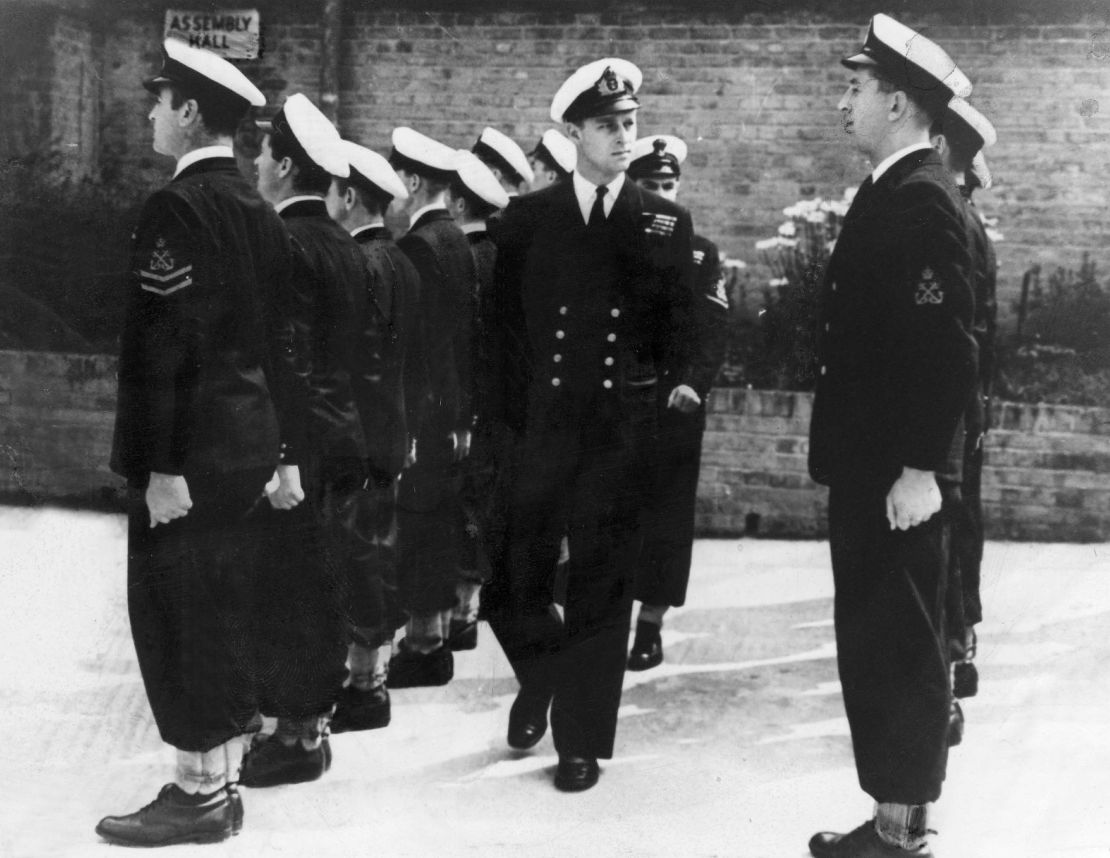
Philip was commended for his operation of searchlights during night battle in 1941 near Cape Matapan, where the British destroyed much of the Italian fleet. He was later awarded the Greek War Cross of Valor.
After numerous postings and promotions, Philip was in 1944 appointed first lieutenant of HMS Whelp, a destroyer that would be deployed in the Pacific as part of a British fleet in joint operations with the US Navy, including the landings at Iwo Jima during the Pacific conflict. When peace came, Philip remained in the navy, but rekindled a friendship with Elizabeth that blossomed into a public romance.
Marriage into the British royal family
In 1947, Philip became a naturalized British subject, renounced his royal titles and changed his name from Philip Schleswig-Holstein-Sonderburg-Glucksburg. He took the surname of his uncle and godfather, becoming Philip Mountbatten.
The couple married in Westminster Abbey in 1947. Shortly afterward, Philip returned to naval duty, rising to the rank of lieutenant commander.
RELATED ARTICLE: Prince Philip and the Queen’s royal romance
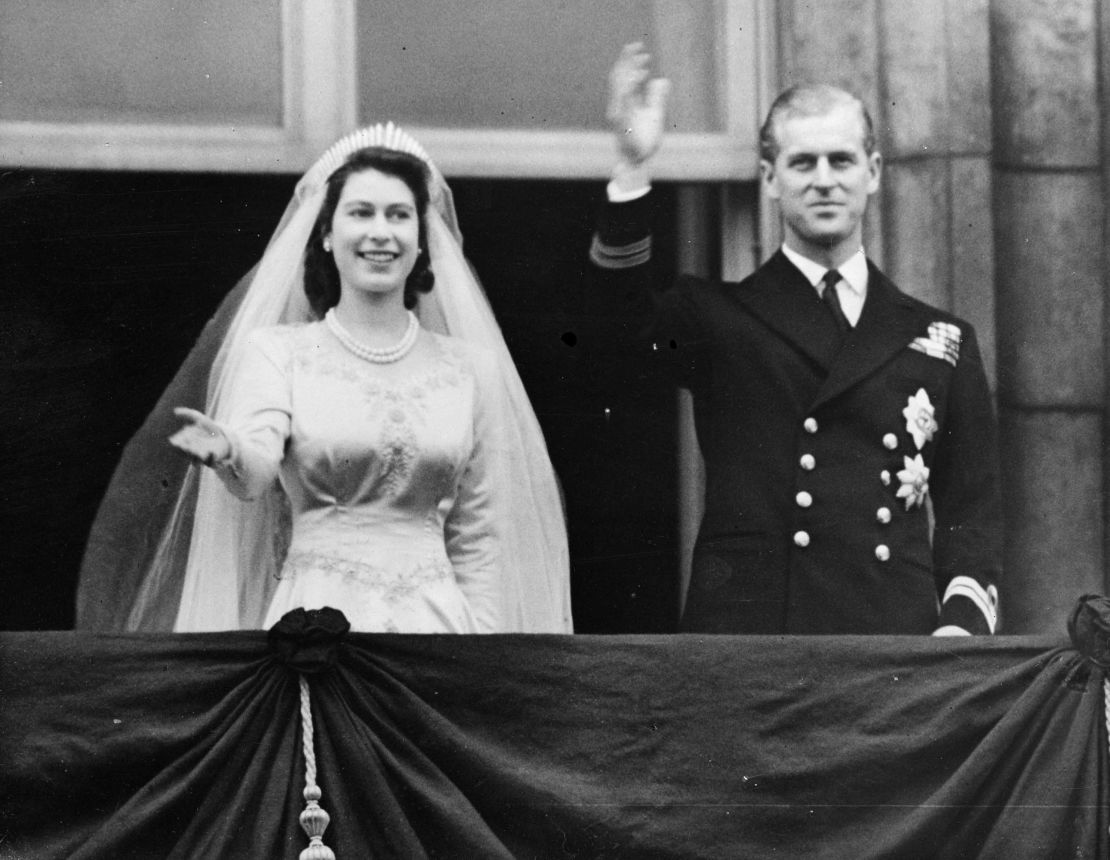
Newly appointed as the Duke of Edinburgh, Philip had to abandon his naval career for royal duties after the then King, George VI, fell ill. The King died on February 6, 1952, while Philip and Elizabeth were on an official trip to Kenya. It was Philip who broke the news to his wife – now the Queen.
The royal couple had two children before Elizabeth acceded to the throne – Prince Charles in 1948 and Princess Anne in 1950 – and two after, Prince Andrew and Prince Edward. They have eight grandchildren and 10great-grandchildren.
During the early years of the couple’s marriage, the Prince enjoyed the height of his popularity. On their first major tour together – to Canada and the US in 1951 – huge crowds turned out to see the couple.
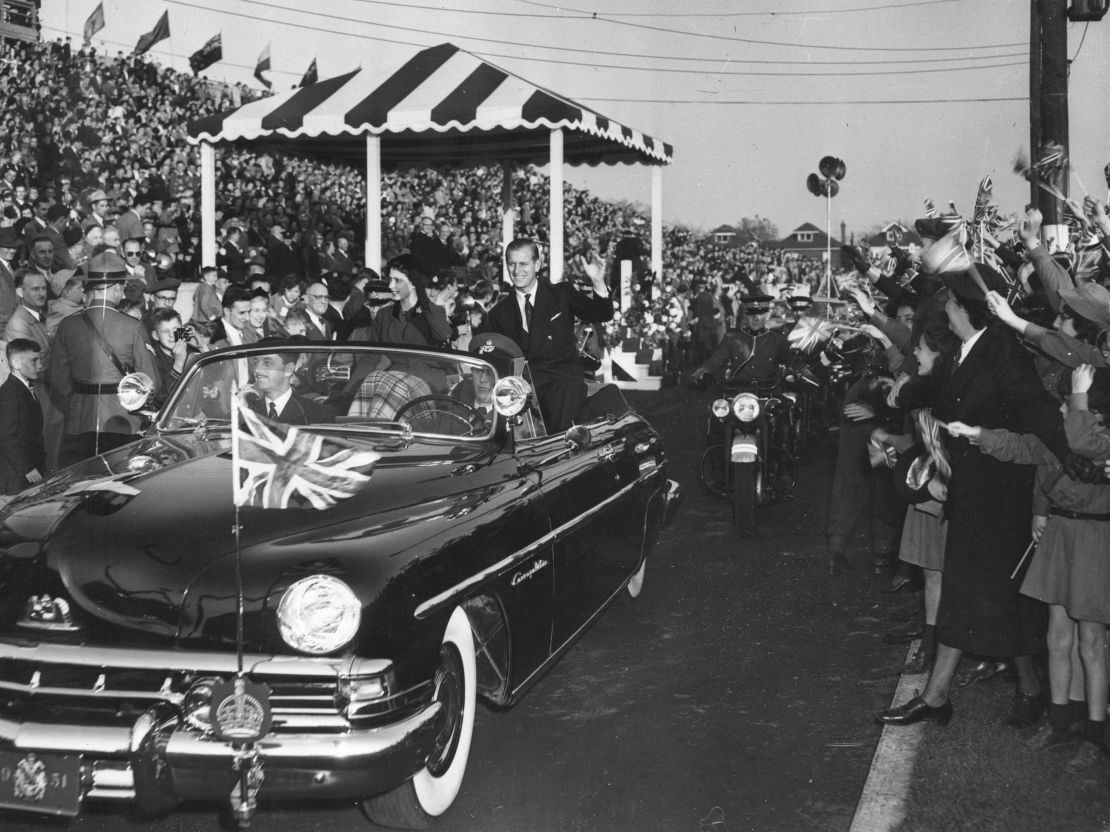
Their relationship was discussed in an ITV documentary about Prince Philip and the 60th anniversary of his charity, Duke of Edinburgh award, in 2016.
Sophie Wessex, wife of the couple’s youngest son, Prince Edward, revealed how the pair still enjoyed each other’s company after more than six decades of marriage.
“He has been a fantastic life partner for her. I think it’s maybe a fairly lonely job being Queen,” she said. “As a female in the top job, I think to have somebody you can lean on, you can discuss things with, she can be honest with behind closed doors … I don’t think she could have chosen better. And they make each other laugh, which is half the battle, isn’t it?”
Horses, polo and gaffes
The Duke himself spoke of his own struggles to find a purpose within the royal family, saying he took on patronages out of duty rather than passion.
“I didn’t want to be president of the World Wildlife Fund,” he said in an interview in 1992. “I was asked to do it. I’d much rather have stayed in the navy, frankly.”
But it is for his charitable work that many will remember him. As of 2016, more than 2.4 million people had achieved a Duke of Edinburgh Award in the United Kingdom alone. The program operates in more than 140 countries and territories in total.
He was also a patron or member of 785 national organizations, many of them charities.
As of May 2017, Buckingham Palace said Philip had carried out 22,191 solo engagements since becoming Prince Consort in 1952. He made 637 solo overseas visits, more than a third of them to Commonwealth countries. He also gave 5,493 speeches and authored 14 books.
Yet he found time to pursue his own interests: over the years these have included polo, barbecues, competitive horse carriage driving (a sport in which he has represented Britain) and practical jokes. He even trained to be a pilot, being awarded his “wings” in 1953. Philip’s passion for flying led to speculation that he might fly the Queen to her Scotland residence, Balmoral, for a holiday before her coronation on June 2.
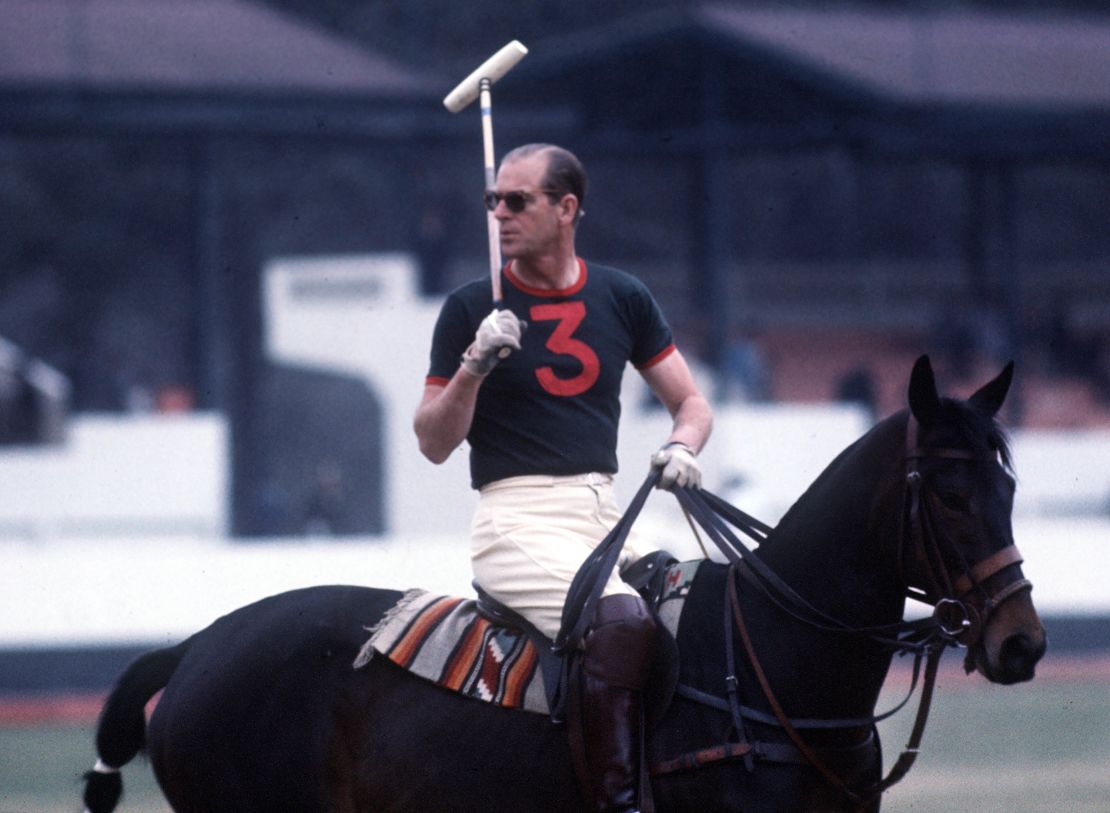
Philip had no constitutional roles other than being a privy counselor, but the Queen in 1952 declared that he had “place, pre-eminence and precedence” next to herself “on all occasions and in all meetings, except where otherwise provided by act of Parliament.”
Over the years Philip also cultivated a reputation for numerous racist comments and gaffes, which helped shape some of his public persona.
In 1986, Philip made a number of remarks that offended many Chinese people.
Notoriously, on an official visit to China, he told a group of British exchange students: “If you stay here much longer you’ll all be slitty-eyed.” His verdict on the Chinese capital? “Ghastly.”
The same year, he told a World Wildlife Fund meeting that “if it has got four legs and it is not a chair, if it has got two wings and flies but is not an aeroplane and if it swims and it is not a submarine, the Cantonese will eat it.”
In 1998, he asked a British student who had been trekking in Papua New Guinea: “You managed not to get eaten then?”
And four years later, while touring Australia with the Queen, he reportedly asked a group of Aborigines: “Do you still throw spears at each other?”
Harry Mount, who had been on the receiving end of Philip’s wit, wrote for CNN after the news that he’d be stepping down from public life, the “gaffes” were a way of making people feel at ease in the presence of royalty. “The ‘gaffes’, I suddenly saw, were brilliant devices to make you feel at ease in his company. He was behaving like the sort of old friend who shows how much he likes you by teasing you.”
Others believe that dismissing these comments as gaffes and not calling them out as racism does a disservice to modern Britain.
“He was a throwback to old school racism. Painting him as a benign, cuddly uncle of the nation is simply untrue,” says Kehinde Andrews, professor of Black Studies at Birmingham City University.
“When he says things about Chinese people’s eyes and chucking spears, it’s very ugly and would not be tolerated anywhere else nor from anyone else.”
His retirement had been a long time coming. During an interview with the BBC for his 90th birthday in 2011, Philip said it was time to take a step back from his responsibilities.
“I reckon I’ve done my bit, I want to enjoy myself now … have less responsibility, less frantic rushing about, less preparation, less trying to think of something to say,” he said.
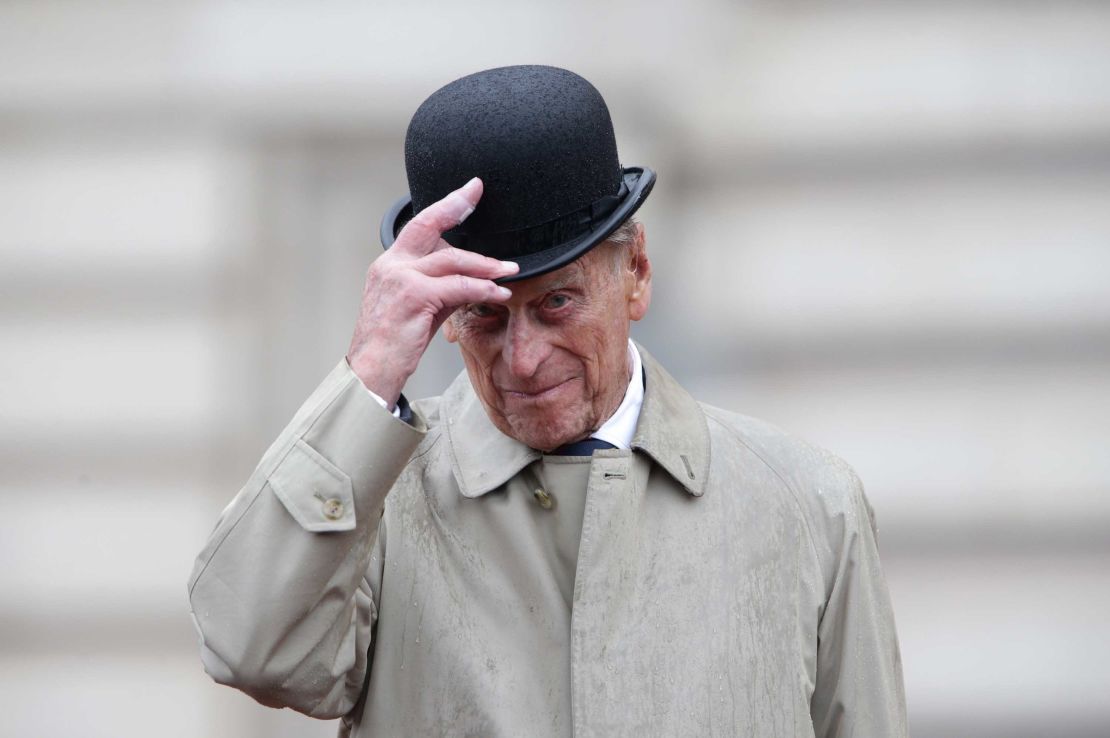
However, Philip continued to appear by the Queen’s side. In 2012, he was with Elizabeth as she undertook a busy schedule of public engagements across the UK to mark her 60 years on the throne. In a diamond jubilee address to Parliament in March 2012, the Queen said the support of her own family had been “beyond measure” throughout her reign. In a special tribute to her husband, she said: “Prince Philip is, I believe, well known for declining compliments of any kind. But throughout he has been a constant strength and guide.”
Philip finally retired from public life in the fall of 2017 but continued to make some public appearances. He attended the wedding of his grandson Prince Harry and Meghan Markle in May 2018, followed by the wedding of granddaughter Princess Eugenie to Jack Brooksbank in October that year. Philip also attended the small, private wedding of granddaughter Princess Beatrice to Edoardo Mapelli Mozzi in July 2020. That same month, he took part in a ceremony to hand over his role as Colonel-in-Chief of The Rifles to the Duchess of Cornwall, in what was his last public appearance.
The announcement in 2017 that he was stepping back from public life brought glowing tributes in the British press to Philip’s long decades of service to the United Kingdom and the Commonwealth, both by the Queen’s side and in more than 22,000 solo engagements.
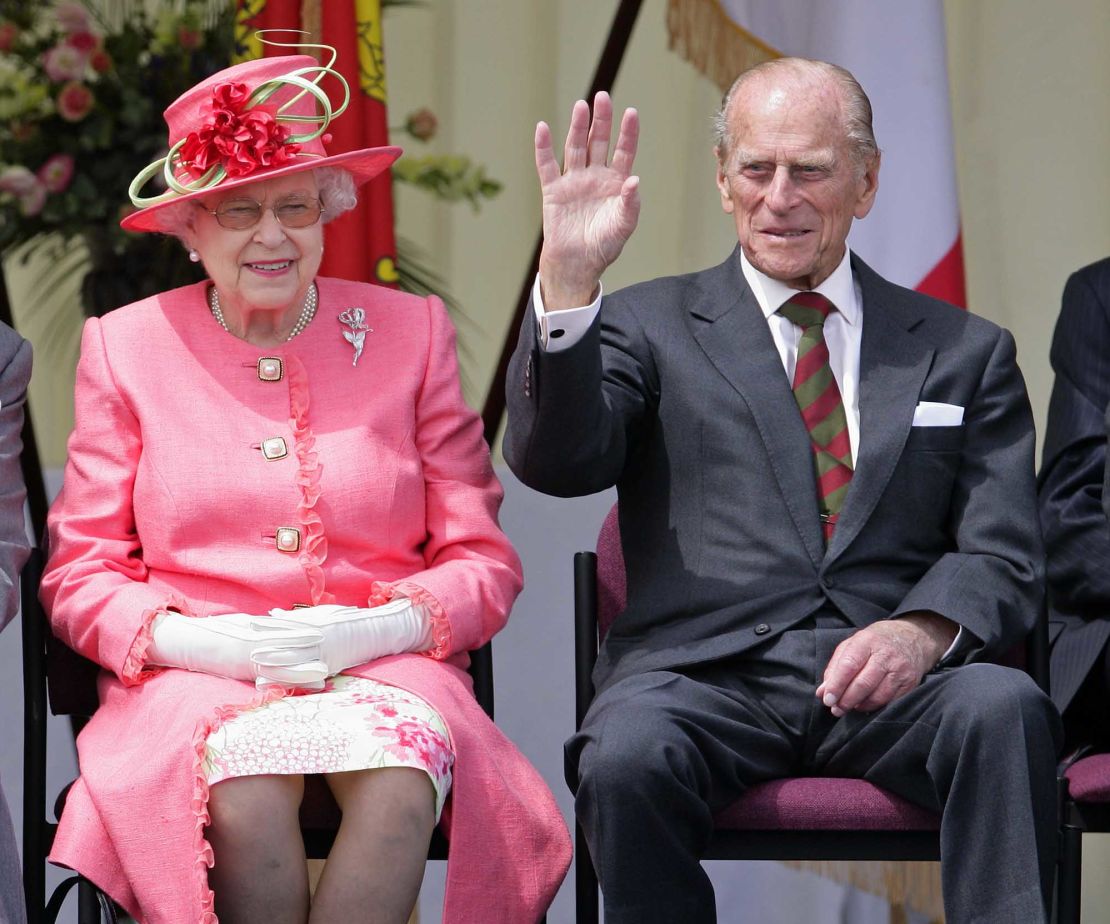
Those who have known Philip away from the public eye, such as actress Dame Judi Dench, described him as “an indomitable person.”
Joanna Lumley, the British actress, who knew Philip for years, labeled him an “extraordinary character.”
“He rides, sails, drives horses, fishes and swims and does stuff,” Lumley told ITV. “He really could have been James Bond, actually.”
This story has been updated.




